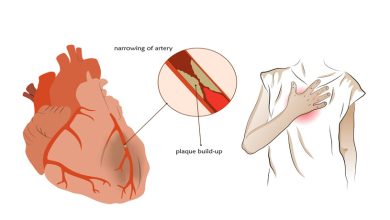10 Wonderful Piriformis Stretches To Help You Get Rid of Sciatica, Hip & Lower Back Pain
Hip and lower back pain can sometimes be a result of an irritation of the sciatic nerve. Many people suffer from lower back pain that spreads downward to the limbs and feet, but this pain is regularly alleviated by practicing a deep piriformis stretch – a stretch that releases tight piriformis muscles, and relaxes the sciatic nerve.
When tense, the piriformis muscle can irritate the sciatic nerve as they are in close proximity to each other. By irritating the sciatic nerve, the result is pain either in the lower back or thigh, and numbness and tingling can also occur along the back of the leg down to the foot.
What Is The Piriformis muscle?
The piriformis muscle connects the spine to the top of the femur, and is one of the main muscles involved in outward movements of the hip, upper leg and foot from the body. The sciatic nerve usually passes beneath the piriformis muscle, which is located behind the gluteus maximus. However for some individuals the sciatic nerve passes through the muscle, which can lead to sciatica symptoms caused by a condition known as piriformis syndrome.
The foremost cause of sciatica is constriction, swelling and tension in the piriformis muscle which can be a result of injury, spasm or inactivity.
Lower back pain caused by an impinged piriformis muscle accounts for 6-8% of those experiencing back pain.
For serious cases of lower back pain, it’s always recommended to consult your doctor and seek their advice.
It is estimated that 40% of people will likely experience sciatica or an irritation of the sciatic nerve at some point in their lives. All the more reason to learn some useful and natural stretches to help the body feel good and alleviate any discomfort!
10 Wonderful Piriformis Stretches: First Warm Up Your Muscles
Before stretching, always make sure to do an adequate warm up. Take a short walk, march in place, slowly climb up and down some stairs; any gentle exercise that you know is safe and will get your legs moving can serve as a pleasant warmup.
It’s also important to remember that these stretches should only be completed within the comfort limits of your body. Do not push too hard when experiencing pain, especially sharp pain. The stretches should feel good, be gentle and allow the muscles in your body to relax with minimal discomfort.
1. Supine Piriformis Stretch
open next page to continue reading….




